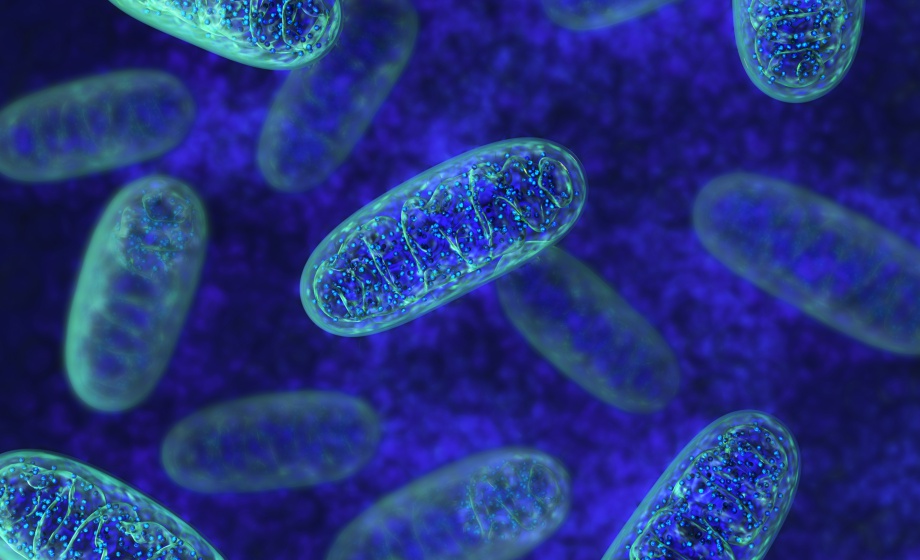Q&A Report: Metabolic Adaptations: The Physiology of Cold Acclimatization and Exercise in Rodent Models
Can you elaborate why you believe that cold exposure is inappropriate to measure non-shivering thermogenesis?
A. Bartelt: Cold exposure is a good inducer of non-shivering thermogenesis but using cold as a test for the NST capacity is inappropriate as it not only depends on NST, but many other potentially compensatory mechanisms.
Do you think that two populations of mice in different environments ( cold vs normal temperature) on the same diet would have different reactions in BAT and WAT?
A. Bartelt: Yes, the environment will have a strong impact – however, the programs are not the same in BAT and WAT, as these are also very different in tissue setup. Plus the response to diet will also depend on the temperature and vice versa. This is well documented for e.g., HFD vs. Western Diet.
In your publication you describe the wild-type and skeletal muscle Nampt KO mice, did you also phenotype the heterozygote animals? Do they have an intermediate phenotype or are levels still sufficient in these animals?
J. Treebak: While we do see a slight 10-15% reduction in skeletal muscle NAD in the heterozygous mice, this does not induce any phenotypes in the mice regarding body weight, body composition, blood glucose levels, exercise capacity, glucose tolerance or glucose-stimulated glucose uptake into skeletal muscle.
What do you think is the role/contribution of shivering thermogenesis to cold acclimatization?
A. Bartelt: Rodents use it a lot so it must be great but it is not required – mice can adapt to cold in the absence of NST.
What is the reason why failure to remove misfolded proteins results in 'whitening' of brown adipose tissue? Is it that these misfolded proteins lead loss of mitochondria?
A. Bartelt: I believe (it is difficult to experimentally prove it) that the utmost upstream event is clogging the ERAD machinery, accumulation of ubiquitinated proteins in the ER lumen and ER stress – further down the line is mitochondrial dysfunction and insufficient mitochondrial regeneration
Will temperature (cold) affect brown adipocyte differentiation in vitro?
A. Bartlet: There are a few reports that have seen cold effects on adipocytes in vitro – but usually in vivo the cells don’t get cold, actually rather the opposite, the brown fat is warmer than the rest of the body
If brown adipose tissue has to do with thermogenesis, in animals on a high-fat diet, would we expect thermogenesis to be more on-going and will this have an impact on, for example, carbohydrate metabolism? What could be the explanation?
A. Bartelt: HFD feeding recruits brown fat, it activates it – only after prolonged feeding does metabolic disease, driven by insulin resistance, reduce brown fat capacity.
When culturing adipocytes in vitro, how important is the temperature of the incubator? Can a decreased incubator temperature induce browning and is 37°C appropriate with respect to thermoneutrality?
A. Bartelt: For reproducibility, the temperature needs to be controlled for. There are reports that have seen cold effects on adipocytes in vitro – but usually in vivo the cells don’t get cold, actually rather the opposite, the brown fat is warmer than the rest of the body.
What is the strange peak at 36 hours in RER and Oxygen Consumption graphs in the running wheels experiment?
J. Treebak: The ‘strange’ peaks appear because we had to open the cage and take the mice out of the system. So these peaks are just artefacts and has no physiological relevance.
Have you noticed sex-related differences in your assays?
A. Bartelt: The fundamentals of brown fat are very similar between sexes but, as females are smaller, their temperature homeostasis is slightly different compared to males.
Given that BAT depots in humans are quite limited, do you think that cold acclimation in humans will take part mostly in skeletal muscle?
A. Bartelt: Thermoregulation is completely different in humans; we regulate heat loss much more than mice, have less NST, and more muscle contribution relative to body size.
Does cold adaptation in mice vary by strain, eg C57 vs Balb-c?
A. Bartelt: Yes, the strain is an important measure and must be accounted for.
